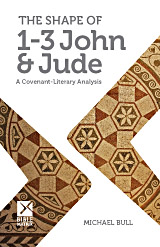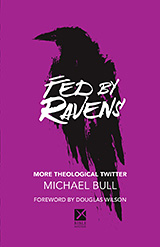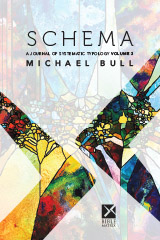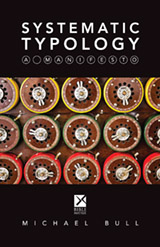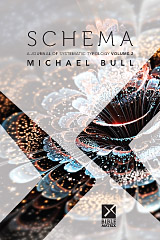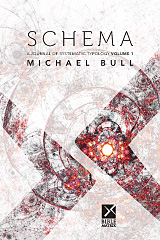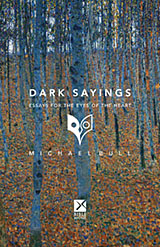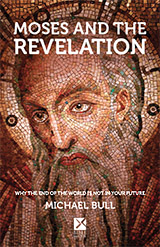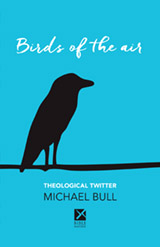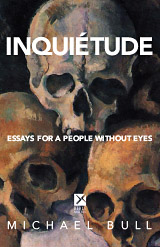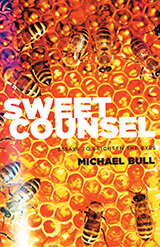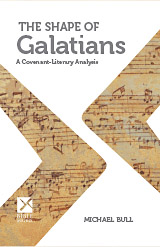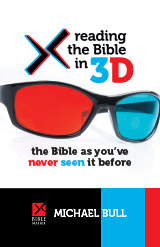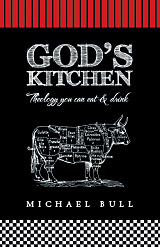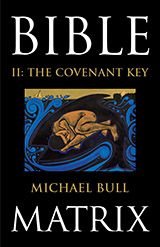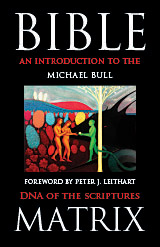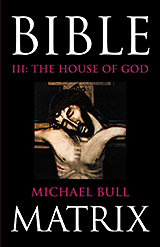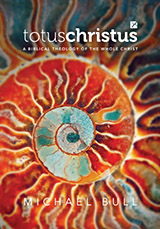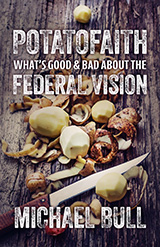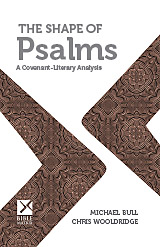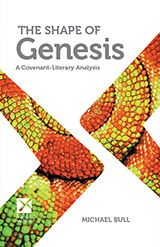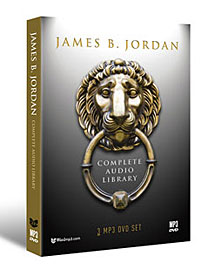Jan
5
2010
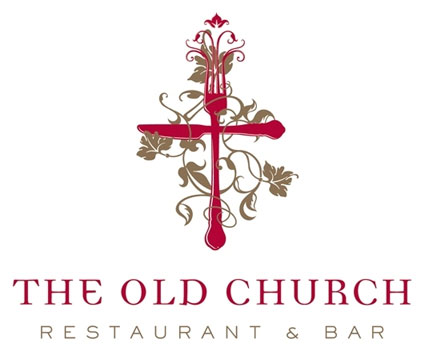
Understanding the Two Tables
Another thought on Jesus’ “joke” in Matthew 24. In Menu for the the Dirty Birds, I wrote:
“For wherever the carcass is, there the eagles will be gathered together.” Matthew 24:28
Tabernacles, as the final harvest of the year (grapes and olives), was also called “Ingathering.” Matthew 24 also follows the feast structure (twice), and Jesus uses this factor to make a terrifying joke.
As a holy priesthood, we are to be eaten by the world. But there are two Tables and we often confuse them.
Continue reading
Comments Off | tags: AD70, Communion, Feasts, Jewish war, Joke | posted in Biblical Theology, Christian Life, The Last Days
Dec
14
2009
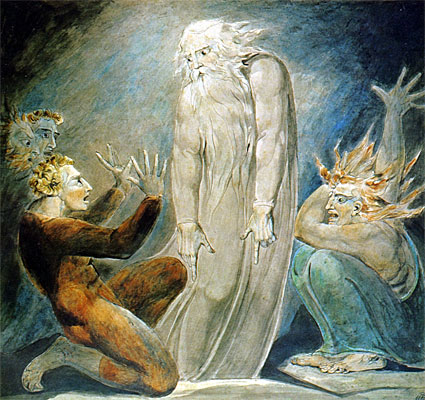
“And when they shall say unto you, Seek unto them that have familiar spirits, and unto wizards that peep, and that mutter: should not a people seek unto their God? for the living to the dead?” Isaiah 8:19
I remember reading this verse for the first time in the KJV and wondering what it was exactly that the wizards were peeping at!
Continue reading
Comments Off | tags: Bible Matrix, Christmas, Feasts, Hebrew, Isaiah | posted in Biblical Theology
Dec
7
2009
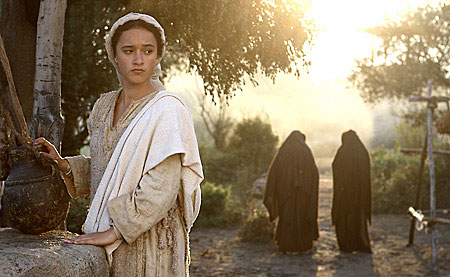
or Receiving the Implanted Word
Mary’s song, like most songs in the Bible, seemed to me to contain mostly extraneous material. My modern mind couldn’t relate her words to the version of Christianity I was familiar with. I guess that’s because it was a version bereft of much understanding of the Old Testament.
Mary’s song seems to follow the matrix pattern. As such, it is a new Creation, and a new Tabernacle, (John 1:14, “dwelt” is literally “tabernacled”). It is the liturgical response of the bride to the promise of Covenant succession – the Covenant succession. This new generation was also regeneration.
Continue reading
Comments Off | tags: Atonement, Azal, Bible Matrix, Christmas, Daniel, Dispensationalism, Feasts, Holy Place, Luke, Mary, Moses, Revelation | posted in Biblical Theology, The Last Days
Nov
21
2009
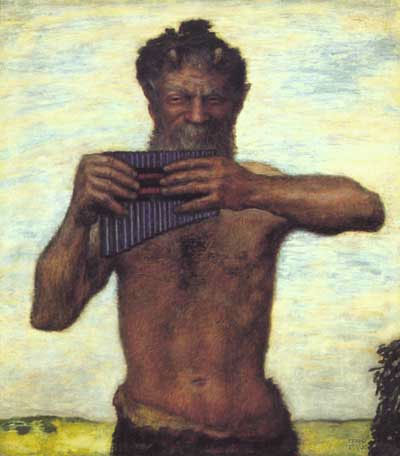
Related both to The Significance of Tubal-Cain and Schism or Resurrection?
With Tubal-Cain as an artisan of the false Tabernacle, Jubal becomes the music director. This Tabernacle is at Firstfruits in the Adam-to-Noah pattern, which means that to be true it should have been a tent of silence. The Tabernacle of Moses is silent because it sits and listens to God. It is the submission of the “head.”
Continue reading
2 comments | tags: Bible Matrix, Feasts, Genesis | posted in Biblical Theology
Nov
5
2009
and Feasts in Genesis 27
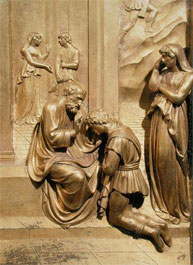 .
.
The content of this post has been revised and included in Bible Matrix II: The Covenant Key.
See also Joseph as Torn Veil.
1 comment | tags: Esau, Feasts, Genesis, Isaac, Jacob, Peter Leithart, Rebekah | posted in Biblical Theology
Nov
4
2009
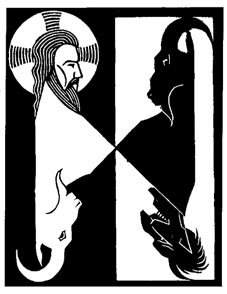 .
.
Sabbath – Jesus defiantly heals a man on the Sabbath under the accusing eyes of the Pharisees. It is a conflict between the brittle light of the law and the perfect light of lawful love.
Passover – The Pharisees “go out” and plot with the Herodians to destroy Him. But Jesus withdraws with His disciples to the sea.
Firstfruits – Jesus ascends a mountain and calls those He wants. He appoints the twelve to preach.
Pentecost – (Wilderness/Rulers) Jesus is accused of being the “Lord of the Flies.”
Trumpets – He calls them to Himself and speaks of the fall of a divided house or family, entering the strong man’s house and plundering his vessels.
Atonement – All sins will be forgiven, except blasphemy against the Holy Spirit, Whom the Pharisees had called “unclean” [1]
Tabernacles – Those who do the will of God are Jesus’ true family.
_____________________________________________
[1] ie. they got their goats mixed up right up until AD70. For more on this see under subhead “The Word is ‘Yes’” in A White Stone – 3.
Pic: The Scapegoat by M.C. Escher.
Comments Off | tags: Atonement, Feasts, Mark, Pharisees | posted in Biblical Theology
Oct
29
2009
Open Ark – Light – Sabbath
Behold, I tell you a mystery:
Open Veil – Firmament – Passover (Midnight)
We shall not all sleep,
Continue reading
3 comments | tags: Corinthians, Feasts, Literary Structure, Paul, Resurrection | posted in Biblical Theology, The Last Days
Oct
6
2009
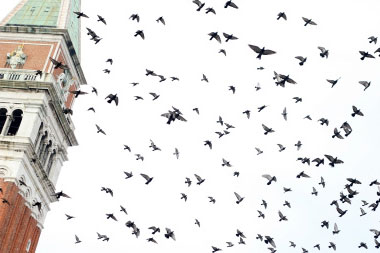 This overlaps the passage Kelby did the other day, so we may of course be chasing our tails. There is definitely a progression in the passage, however, and such analysis does help in meditation on the text. Perhaps there is a way of combining them.
This overlaps the passage Kelby did the other day, so we may of course be chasing our tails. There is definitely a progression in the passage, however, and such analysis does help in meditation on the text. Perhaps there is a way of combining them.
Continue reading
1 comment | tags: Colossians, Feasts, Literary Structure, Paul | posted in Biblical Theology
Oct
1
2009
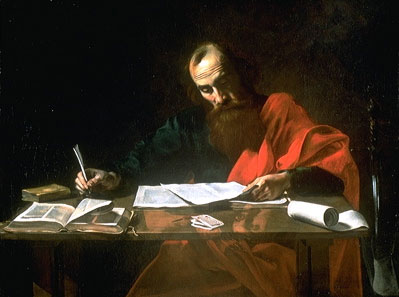
This contribution by Kelby Carlson, who just finished my book. He deserves a big medal. He also thinks it should be longer!
For our English class we are reading The Scarlet Letter. It’s amazing how much symbolism there is in literature, and your book (Jordan’s, too, and a few others) have really started to help me see that. I think man fundmentally fits symbols into everything, even if sometimes it is unintentional. I am just amazed at how something that at first appears simple can say so much; which has me even more in awe of the Scriptures.
Continue reading
Comments Off | tags: Bible Matrix, Chiasm, Colossians, Feasts, Kelby Carlson, Literary Structure, Liturgy, Paul, Totus Christus | posted in Biblical Theology
Oct
1
2009
More Thoughts on Prophetic Cauldrons
“Double, double toil and trouble
Fire burn, and cauldron bubble.”
Macbeth, Act 4, Scene 1
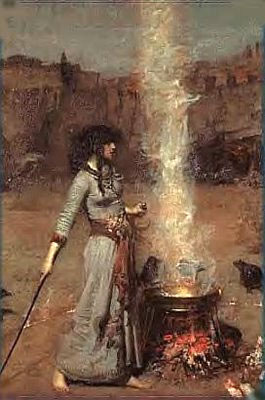
.
Two days ago, we saw the Lord take Jeremiah through the Creation/Tabernacle pattern as He anointed him. Here’s some more thoughts on the Babylonian “seething pot” using the Tabernacle pattern as a guide.
Usually, the Lampstand is at the centre of the passage (Pentecost). But the almond tree/Lampstand here is at Firstfruits. The Land of Day 3 is the Bronze Altar, but the grain and fruit (the Table) is replaced here by the almond).
Jeremiah, as a sign to Israel, is made the incarnation of Yahweh. The seven-eyed “watching tree” is actually Jeremiah, and the Lord continually asks him to “see.” As the prophetic Lampstand watched over Israel (the Table), so Jeremiah would watch over her destruction.[1] The Table seems to be covered by Nebuchadnezzar!
Continue reading
Comments Off | tags: Altar, Feasts, Jeremiah, Lampstand, Revelation, Tabernacle | posted in Biblical Theology, The Restoration Era










